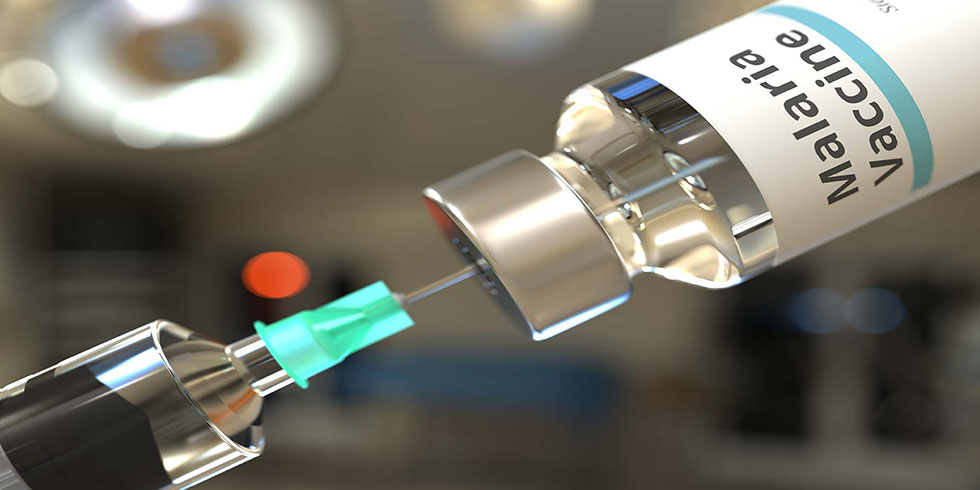On the eve of India’s Independence Day, Prime Minister Narendra Modi announced the launch of National Digital Health Mission (NDHM), a programme that aims to digitise the health records of all Indians. You will be allotted a health ID that will act as a repository of your medical tests, ailment history, doctor consultations, diagnosis and medicines prescribed. It will help hospitals and doctors treat you better even if you have to seek treatment in another city and are not carrying your past reports.
Even insurance companies are looking forward to its implementation. A digital repository of health records, combined with tele-medical underwriting, can change the way policies are bought. Medical tests are usually required in high-value term and health policies. Insurers could use health records for efficient health risk assessment, depending on whether third-parties are allowed access, with the individual’s consent and after taking care of privacy concerns.
Since the start of the COVID-19-induced lockdown, many insurers have already taken to conducting risk assessments over phone or video calls, as conducting medical check-ups at diagnostic labs was difficult. In this period, 95 per cent of our medical acceptance cases were tele-medical underwriting-based. We resumed physical tests once labs started normal operations after June. While we are continuing with the tele-medical process now, some cases necessitate physical tests, says Gurdeep Singh Batra, Head, Retail Underwriting, Bajaj Allianz. General insurers also have to reimburse telemedicine expenses doctor's fee for virtual consultations if the policy covers it, as per insurance regulator IRDAI’s diktat. Let’s understand how these three components of digital healthcare impact policyholders.
Life and health insurers insist on medical check-ups before issuing high-value term life as also health insurance policies in several cases. Experts say a digital repository can speed up health status evaluation and policy issuance, besides potentially bringing down the costs for both insurers and policyholders. If doctors get access to digital health records, with policyholder's permission, it will definitely help. Since doctors would know the patient’s history, medical underwriting can be avoidedand accelerating the decision-making process.
The data quality will be better, thanks to accurate medical history, details of tests and doctor visits. Insurers will not face lower risk of policyholders concealing their ailments. This can expedite the policy issuing process.
Giving insurance companies access to your digital health cards comes at a small cost. It may lead to selective underwriting, as people with some (adverse) history may be excluded. So, that protection will have to be provided by the regulator and government, as health insurance should be available to all. This might cause insurance premiums to increase if more medical details are revealed. Or, health insurance costs may just as well decline due to better disclosures over the years, if not months, ahead. Clarity from the government is awaited on how much access the insurance companies can have on your digital health card, as and when it gets issued.
How does tele-medical underwriting work?
When you decide to buy a health policy, you have to share your health details in the proposal form. Based on your responses, the insurer will decide whether or not you need to go through medical check-ups. Typically, if you are under 45 and have no pre-existing ailments or adverse health history, you will not have to undergo these check-ups. You are likely to be issued a health policy based on your declaration of good health. If you take high-value polices, life or health, however, you will still need to go through check-ups.
Also, if you disclose conditions such as hypertension or diabetes, or are in the older age-groups, then medical underwriting could enter the picture. You will be asked further questions on the medicines you consume, results of the last test done and whether you can share a copy with us, says Batra. If no disease is mentioned either intentionally or otherwise you will be asked if you take any medicines, whether you have undergone any tests or treatment procedures in the past and so on. Based on these evaluations, insurers will decide whether physical tests are required.
What is telemedicine, and its role in health insurance claims?
A digital health card can also enhance telemedicine a concept that got a big boost in these lockdown days. A digital health repository can make it simpler for doctors to check your medical records online for more efficient consultation and diagnosis.
The IRDAI also released its own set of telemedicine-related advisory. You can get your doctor’s consultation fee reimbursed even if the discussion has taken place over the phone, video call or online. However, this does not mean that you can send your routine doctor’s consultation bills to your health insurer. Regular health policies do not cover such outpatient department (OPD) expenses. But if you were hospitalised and have had to consult your doctor, whether physically or virtually, for follow-ups, such expenses will be paid for up to 30-90 days as part of post-hospitalisation. Also, if you have an OPD cover that funds doctor visits, you can file claims for telemedical consultations too. Such policies are costlier than regular health plans that do not pay for OPD services such as doctor’s consultation, diagnostic tests and pharmacy bills.








Add Comment